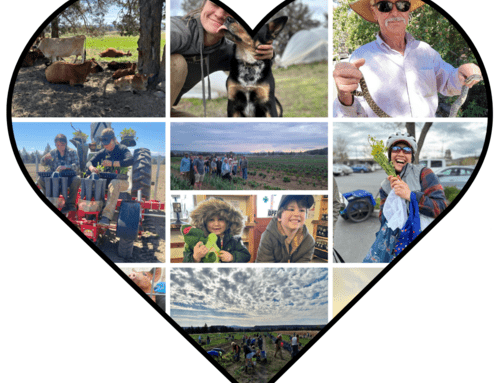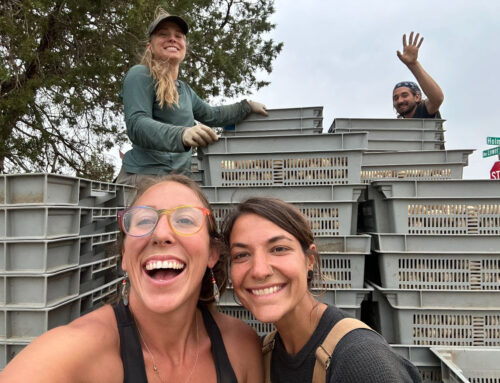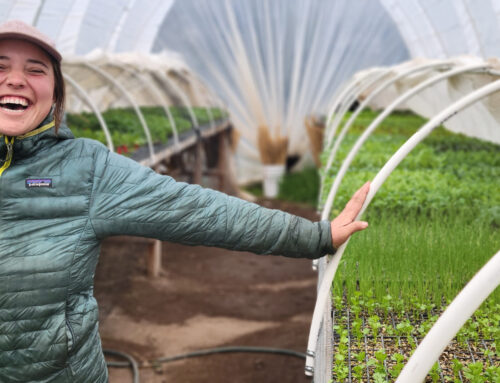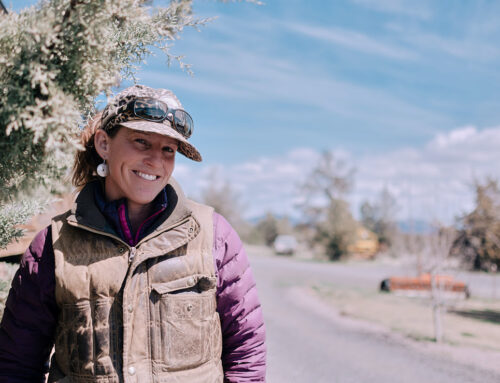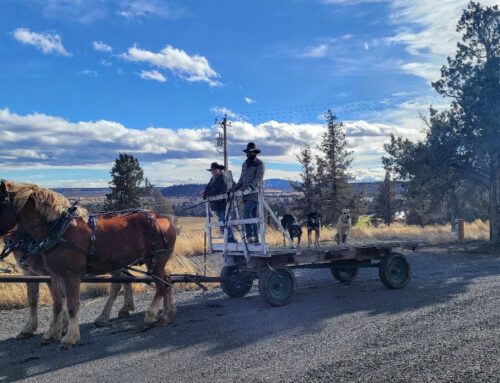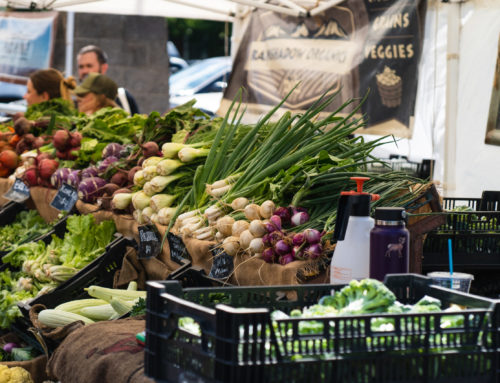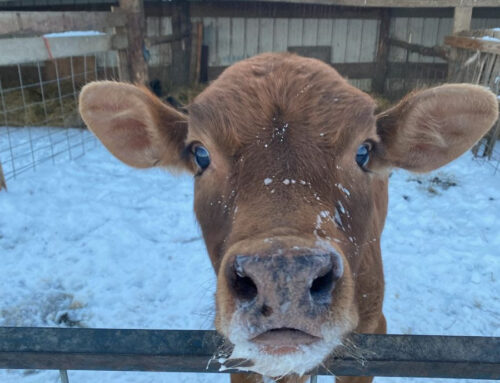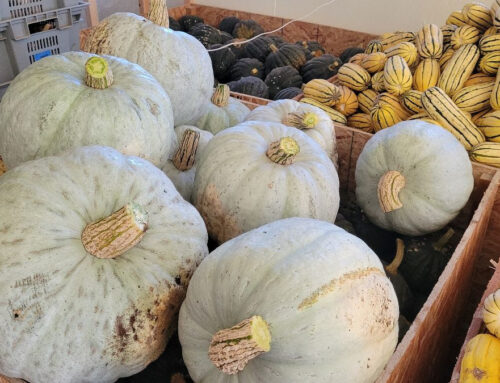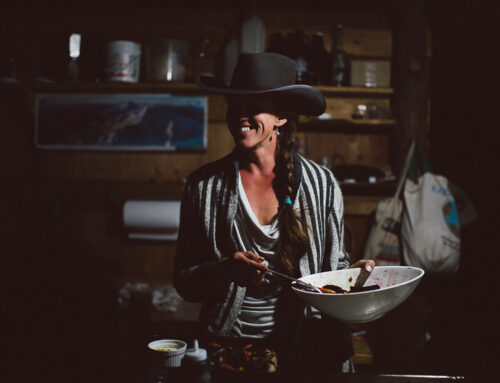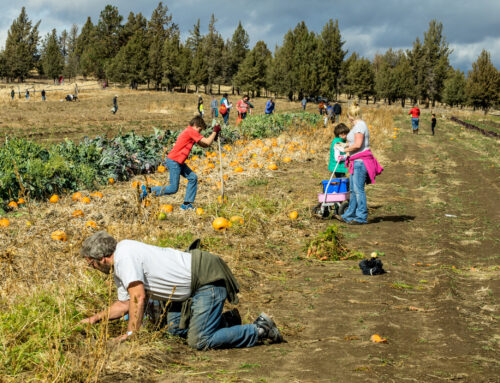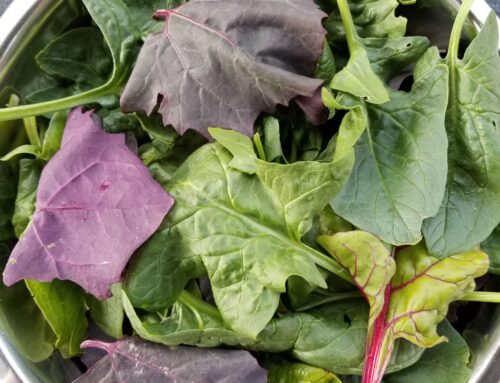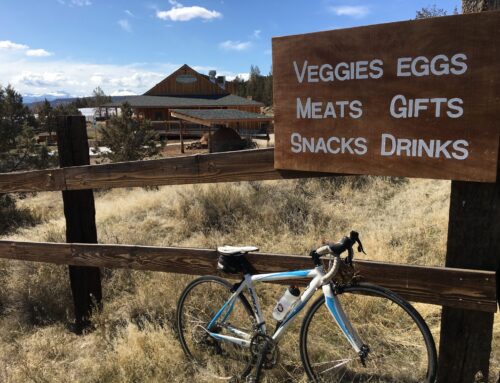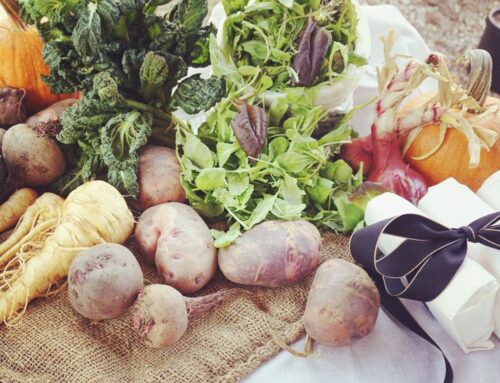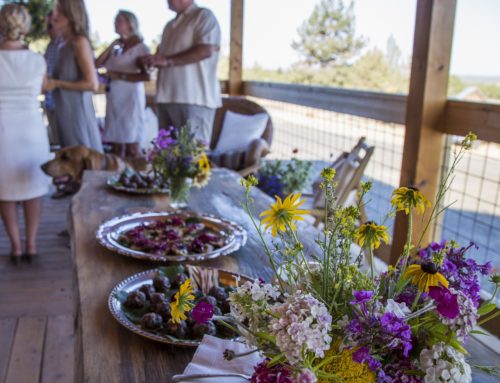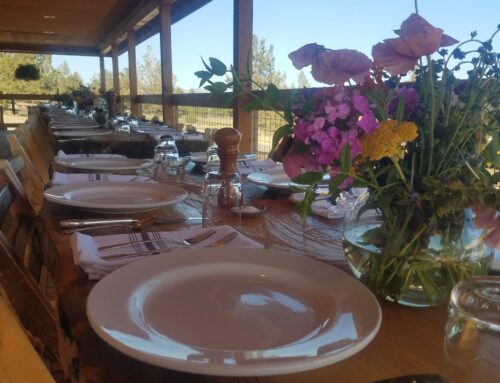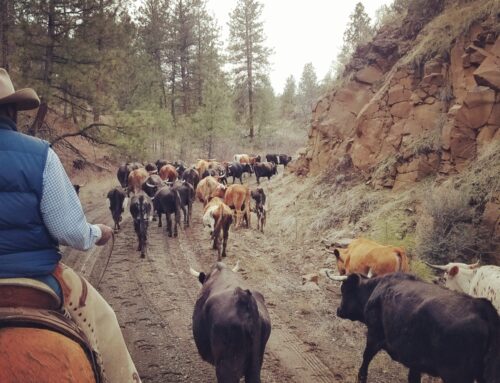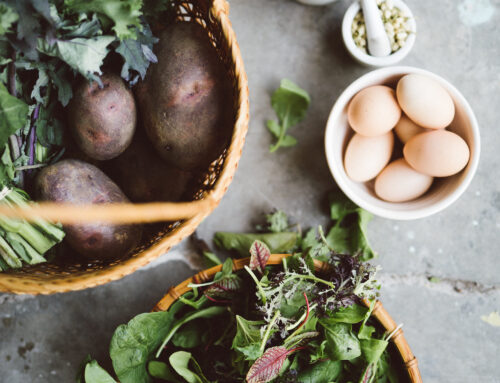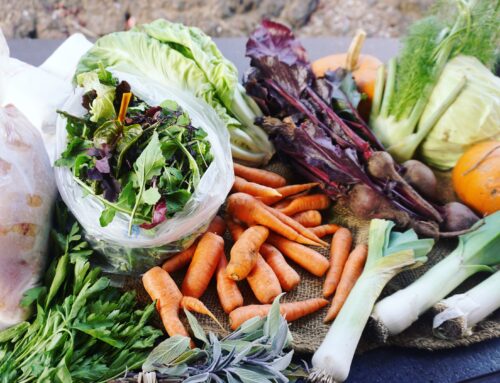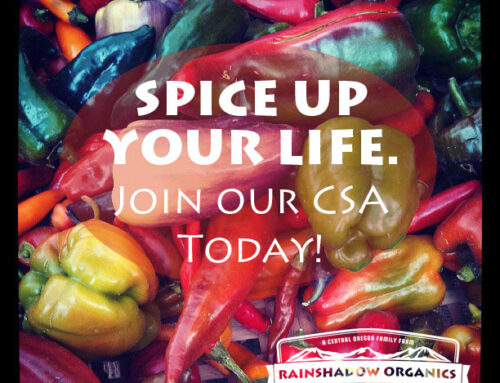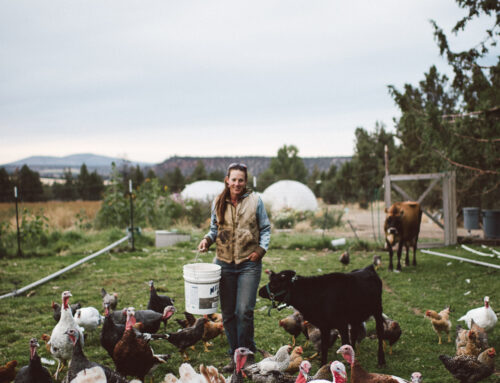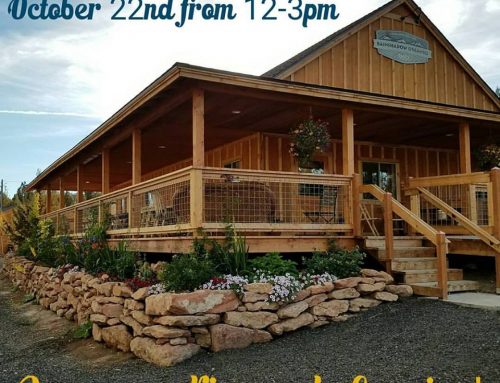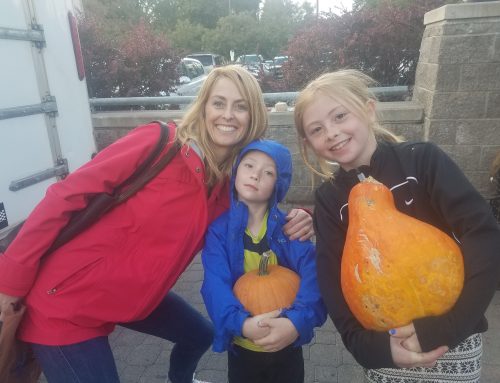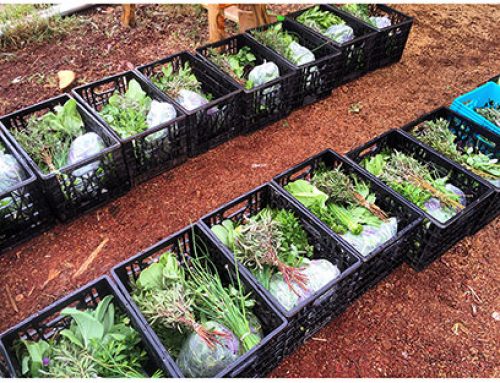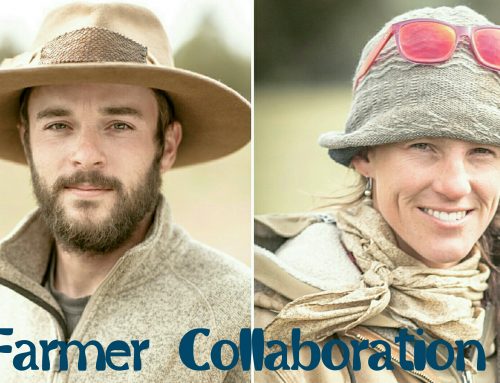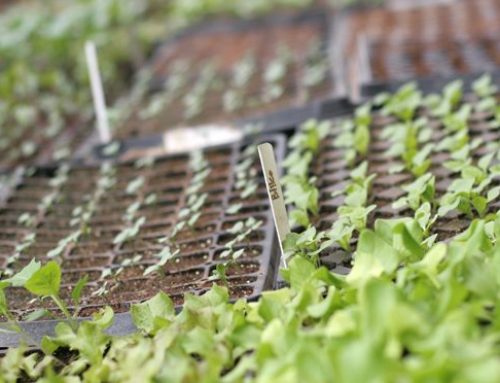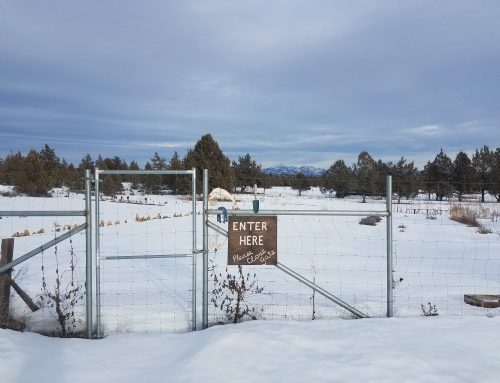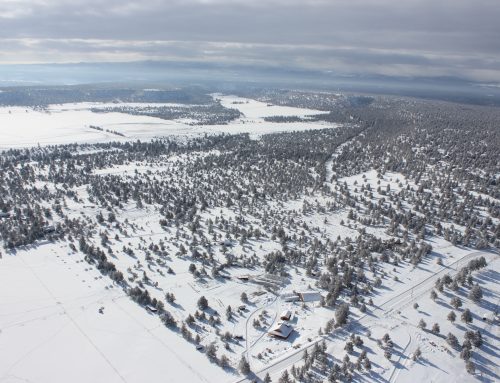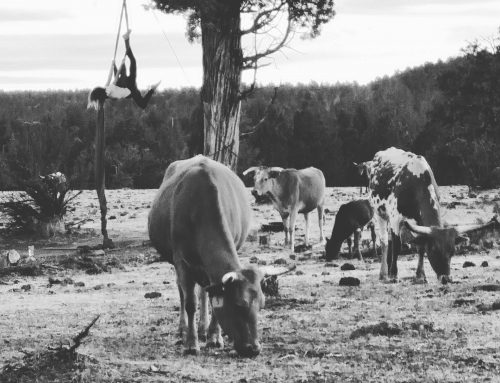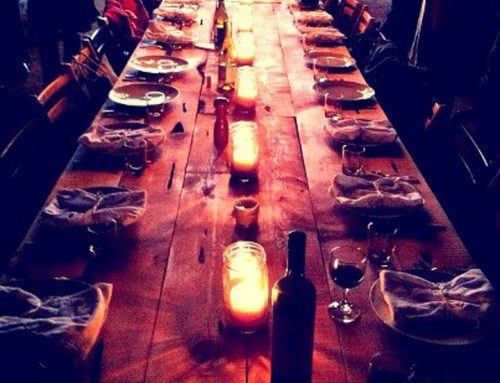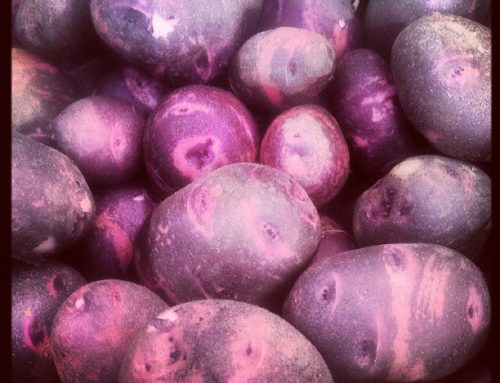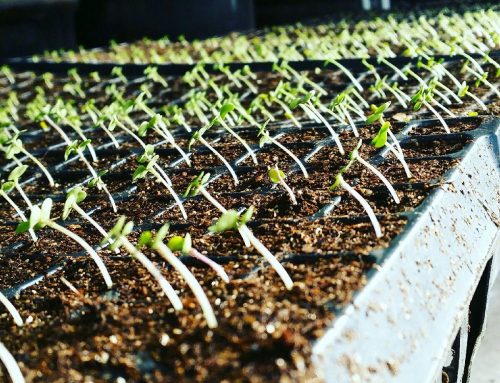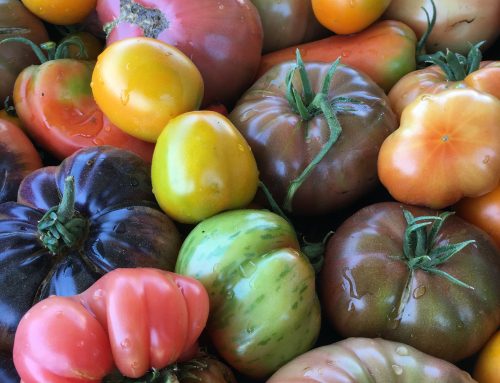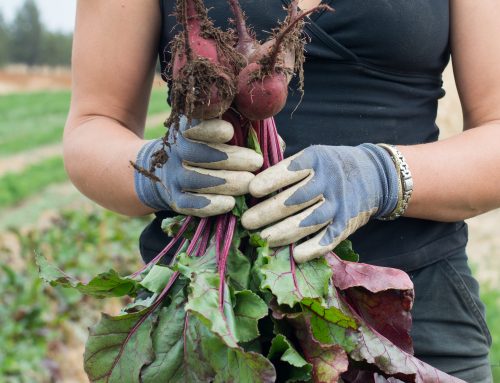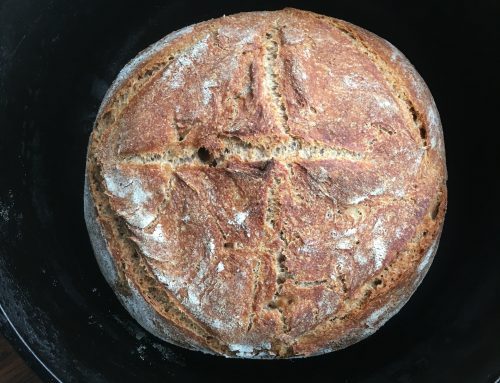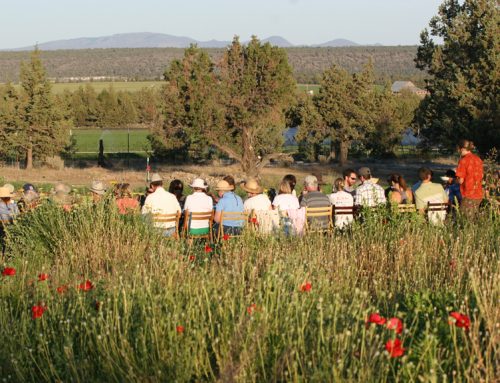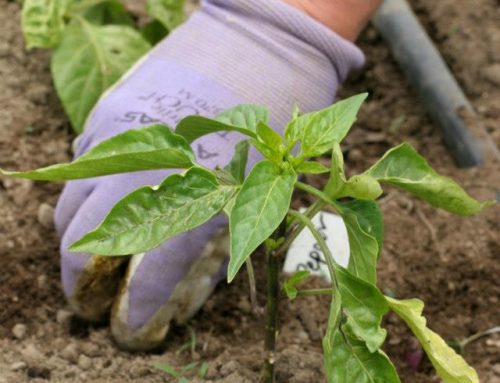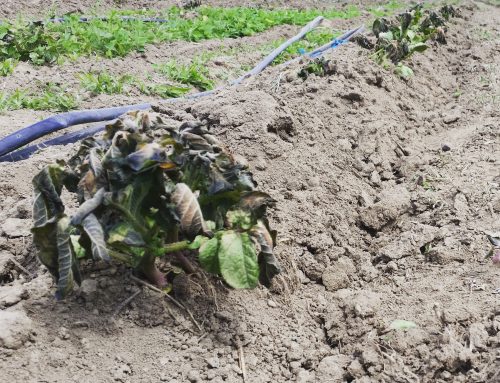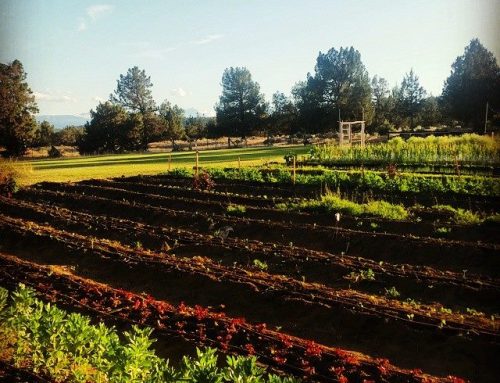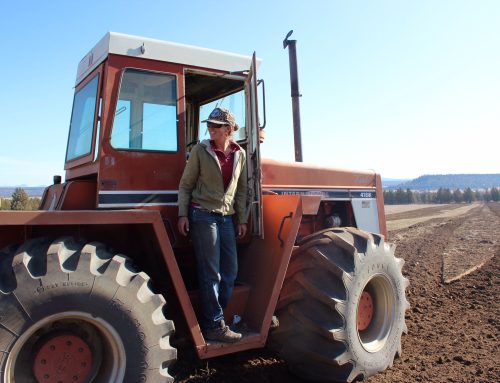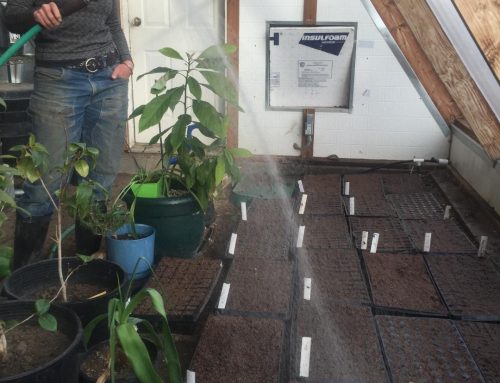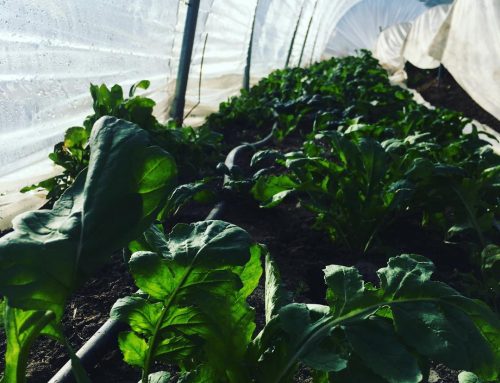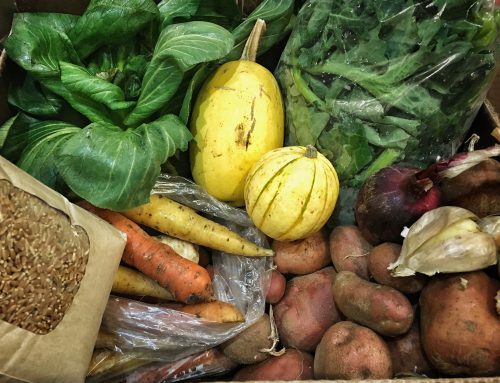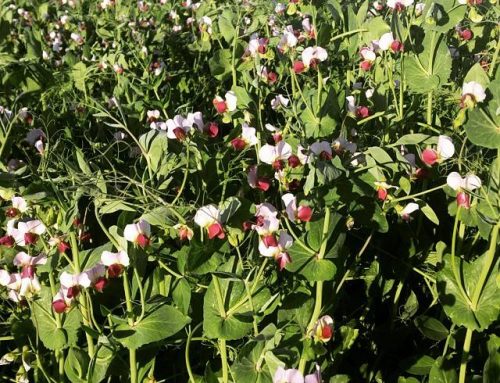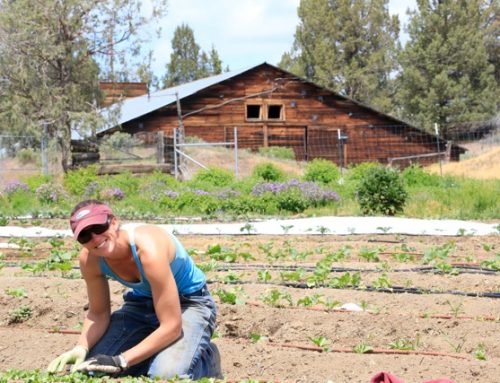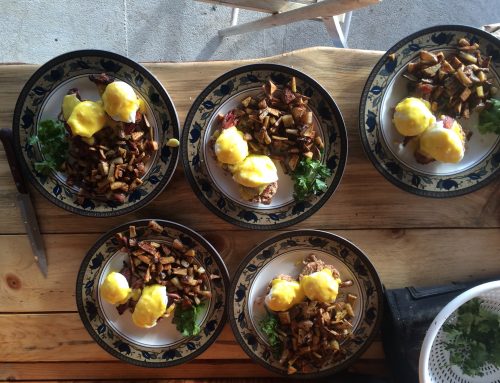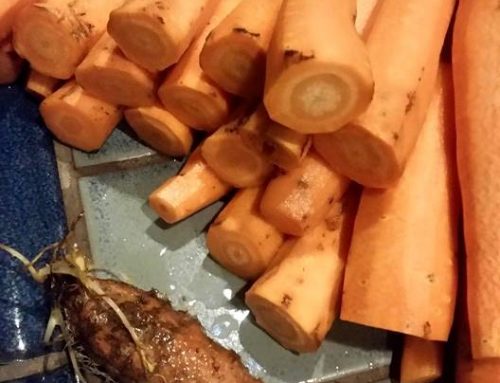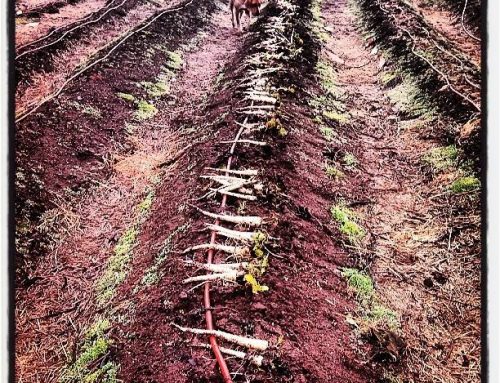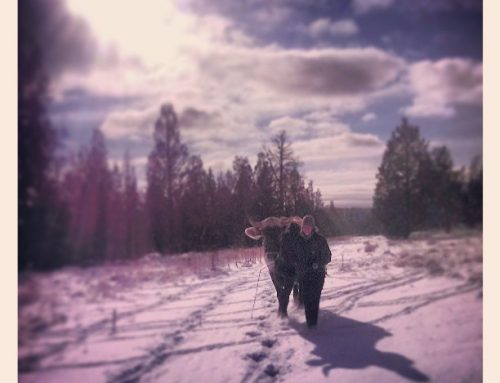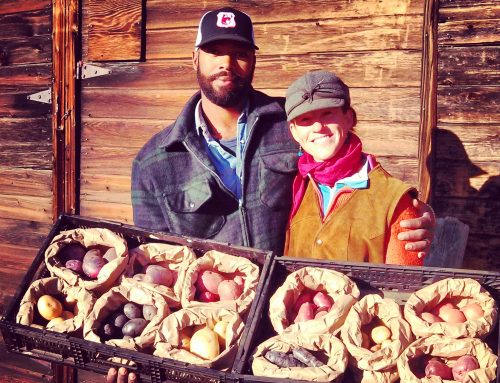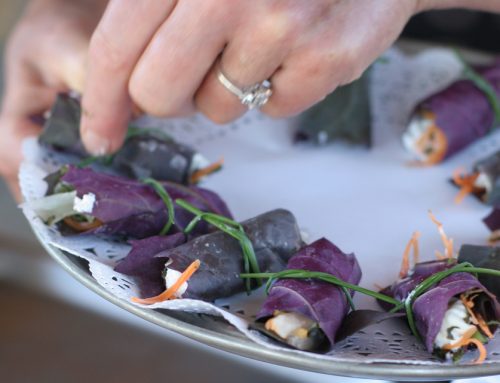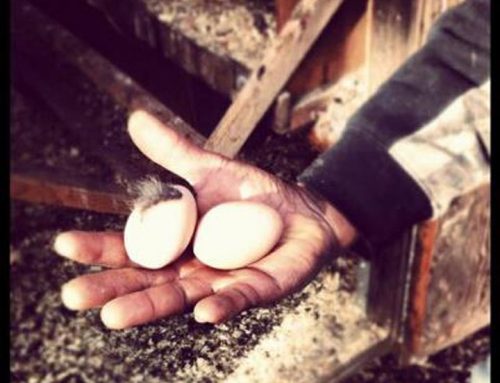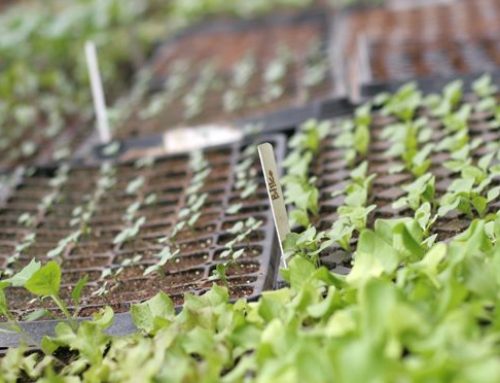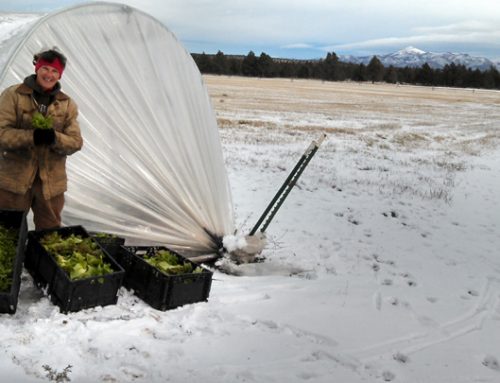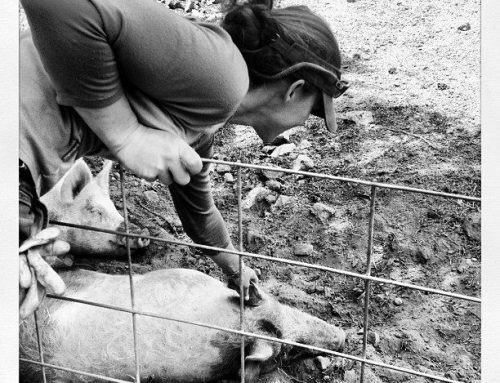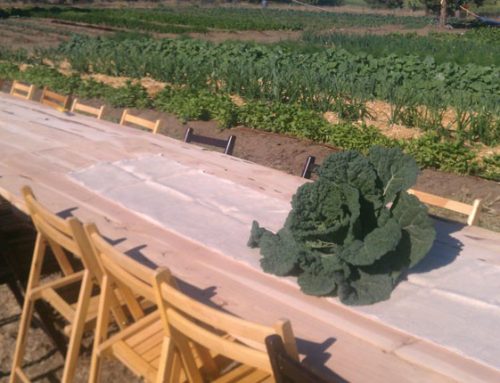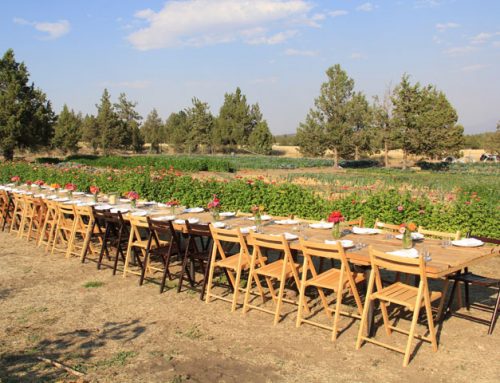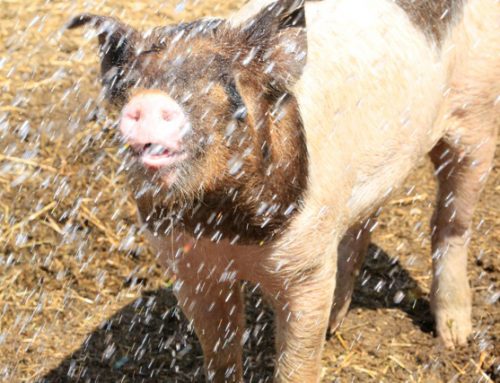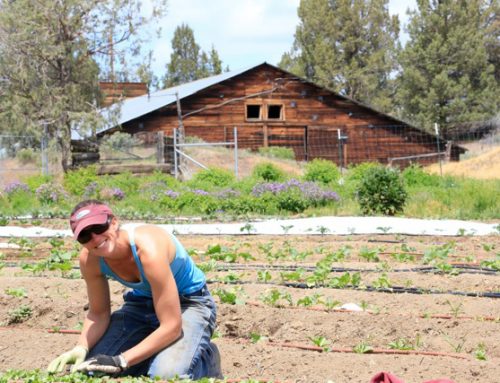It’s Official, the Summer Growing Season is Here!
This time of the year is a surprisingly busy time for us. Between December and January we map out, count, and plan our next 12 months.
What we are growing where?
How many successions of which crops?
How many rows of melons or summer squash?
What varieties of corn, cucumbers, and tomatoes?
All the decisions about what to grow where are made and how many individual seeds of which plant are counted out and ordered. And then Christmas comes a month or so late with the arrival of the seed orders right around now.
As we plan out what we want to grow and where, we also plan out when we need to seed, transplant, and plant things in order to have them ready at the appropriate times. We follow the biodynamic calendar when seeding, planting, and transplanting. The biodynamic calendar is some pretty witchy stuff, but isn’t all things farming when you get right down to it? Essentially, the calendar looks at the affect the moon, sun, and planets have on plants and tells farmers when (date and time of day) it is best to plant and harvest each type of plant (leaf, root, flower, fruit). We can’t t really explain how it works, but we know it does. Every year something doesn’t fit the planting or harvesting timeline set out on the calendar and, I’ll be danged, every year that particular crop isn’t as good as it could be. There are a lot of things in farming you have to take on faith, and this is one of them. So, each winter we merge our crop plan calendar with the biodynamic calendar to make sure that we are starting the leaves and roots and fruits and flowers on their correct days.


And so the season begins, steadily, planned out, and beautifully. Now, if there is one thing we have learned, it is that the “plan” rarely turns out exactly like we charted out. But, by having a plan, we at least know approximately when to expect the green beans to come to fruition, and when it is most likely that the cucumbers will be arrive in earnest. Yet, each week of the summer we are surprised about how many of a particular crop we have to work with suddenly and with out warning. (This always seems to be broccoli.) Or how slow another crop is to come to fruition. (Lettuce likes to act like this, especially early season.) We spend all this time in the winter making a plan knowing full well that time, luck, weather, and chance will run rampant through it all.
With summer playing hide and seek and peeking around the corner at us, we put the plan in motion this past week and started our first rounds of spring greens and peas and all the leeks, onions, and shallots. This is one of our favorite days of the season, the day we start growing fresh vegetables for our CSAs. They day the plan begins to roll forward. The official kickoff of summer. In January. With snow on the ground.



Summer CSA sign ups are open!
What is a CSA? CSAs are a way to bring locally grown fresh, organic produce and pastured, regeneratively raised meats directly from our farm to you. CSAs strive to develop an available local food supply, encourage land stewardship, and build a sense of community. Signing up for our CSA ensures that you are making food choices that feed you the highest quality, nutrient dense produce and meats available, that your food has a low carbon footprint, and that your dollars stay in the Central Oregon community. CSA is a powerful step towards fueling yourself and your community in the best way possible!
We specialize in choice at Rainshadow! Choose your share size (large or small), what kind of CSA you want (Meat and/or Vegetable), pick up location (Bend Farmers Market or our Farm Store), how you pay (all up front or in installments), and with what (SNAP, Cash, Check, Card).
Find the perfect fit for YOU and join us weekly, May 29-October 9.
Our CSAs in a nutshell (or maybe a pea pod?)
Highlights
Market style weekly Vegetable Share. You get to select your own vegetables!
— Small: 5-7 items; $31.50/week
— Large: 9-11 items; $42/week
Bi-Weekly frozen mixed Meat CSA. All pastured, GMO free, and raised right here on our lands!
— Small: 4.5-5.5 lbs every other week (2 whole roasting chickens, 1 quart lard, 2 quarts broth, the rest split 60% beef and 40% pork); $65.50/pick up
— Large: 9.5-10.5 lbs every other week (4 whole roasting chickens, 1 quart lard, 2 quarts broth, the rest split 60% beef and 40% pork); $133.50/pick up
Want both Meat & Vegetable? Choose the Meat & Vegetable CSA or buy them individually to make the perfect fit for your household. There is no price difference if you bundle or not.
Are you a SNAP recipient? Choose the Meat & Vegetable CSA or buy them individually to make the perfect fit for your household. There is no price difference if you bundle or not. ou qualify for 39%-50% off CSA with Double Up Food Bucks
— Our CSAs that include vegetables are 50% off this summer for SNAP recipients. Check out all the information HERE! That means that you could get a Meat and Vegetable CSA for just the price of the meat!
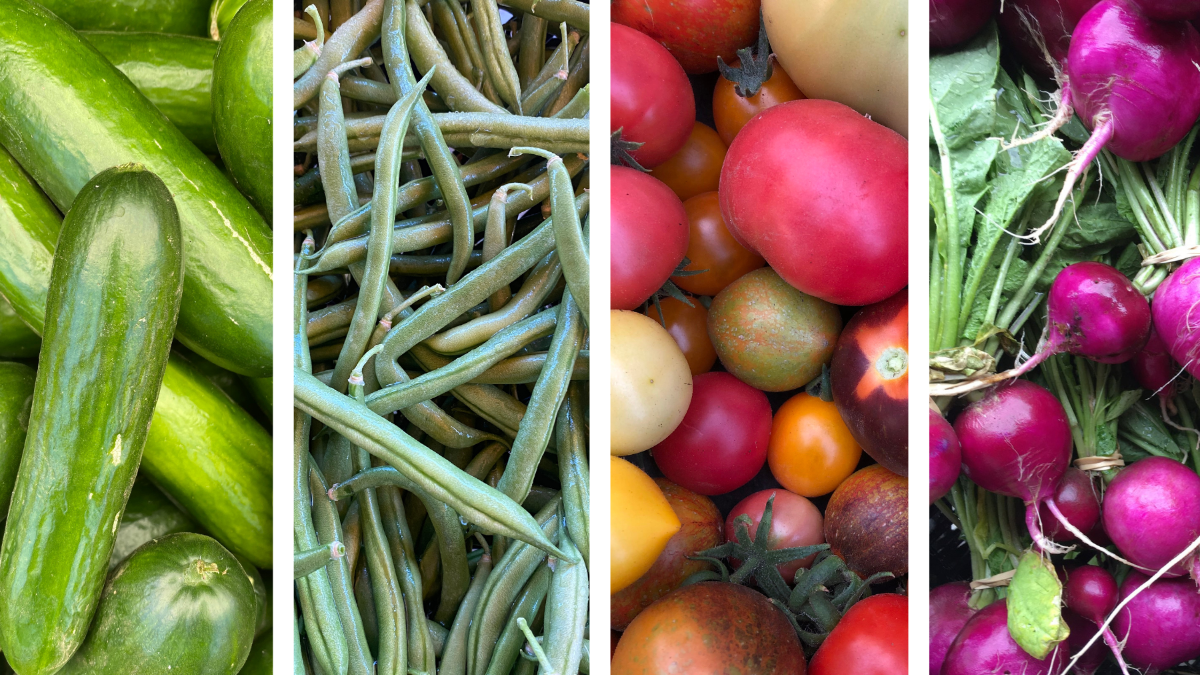
Its the start of a new year and we are so excited that you are with us on the journey! We look forward to seeing you sometime soon!
~ Alison and the Rainshadow Crew


